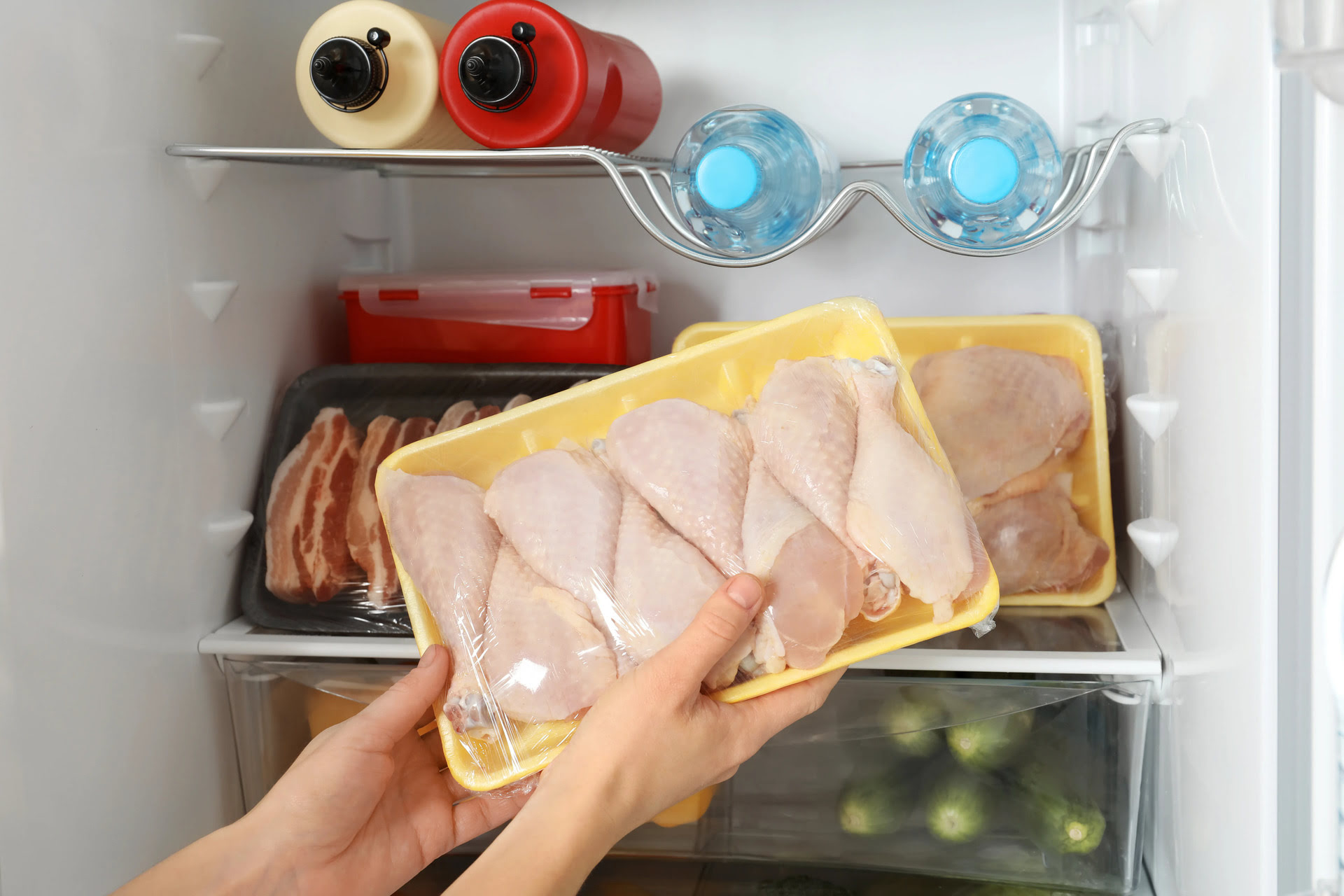

Articles
How To Store Chicken In Freezer
Modified: April 22, 2024
Learn the best techniques and tips for storing chicken in the freezer with this informative article. Keep your chicken fresh and delicious for longer!
(Many of the links in this article redirect to a specific reviewed product. Your purchase of these products through affiliate links helps to generate commission for Storables.com, at no extra cost. Learn more)
Introduction
Properly storing chicken in the freezer is essential for maintaining its freshness and quality. Whether you buy chicken in bulk, have leftovers from a previous meal, or simply want to stock up for future use, knowing how to store chicken in the freezer is a valuable skill. By following a few simple steps, you can ensure that your frozen chicken remains safe to eat and retains its flavor and texture.
In this article, we will discuss the benefits of properly storing chicken in the freezer, the steps to follow for freezing chicken, selecting the right packaging, preparing chicken for freezing, properly sealing chicken, labeling frozen chicken packages, organizing frozen chicken in the freezer, and tips for safe thawing. By the end of this article, you’ll be equipped with the knowledge to store chicken in your freezer with confidence.
Key Takeaways:
- Properly storing chicken in the freezer preserves freshness, extends shelf life, and offers convenience, saving time and reducing food waste. It’s a budget-friendly way to always have high-quality protein on hand.
- Following proper freezing, labeling, and organizing techniques ensures that your frozen chicken remains safe, flavorful, and of high quality. Safe thawing methods are crucial for maintaining food safety and delicious dining experiences.
Read more: How To Store Cooked Chicken In Freezer
Benefits of Properly Storing Chicken in the Freezer
Properly storing chicken in the freezer offers several advantages, including:
- Prolongs Shelf Life: Freezing chicken can significantly extend its shelf life. When stored at 0°F (-18°C), chicken can remain safe to eat for up to nine months. This allows you to buy chicken in bulk or take advantage of sales without worrying about spoilage.
- Preserves Freshness: Freezing chicken prevents bacterial growth, preserving its freshness and flavor. The low temperature keeps the chicken in a dormant state, maintaining its quality until you’re ready to use it.
- Convenience and Time-Saving: Having frozen chicken on hand means you always have a versatile protein source readily available. This saves time on meal preparation, especially on busy days when you need a quick and easy dinner solution.
- Budget-Friendly: Buying chicken in bulk and freezing it can be more cost-effective than purchasing smaller portions. It allows you to take advantage of discounts and reduces the need for frequent grocery store visits.
- Reduces Food Waste: Properly storing chicken in the freezer reduces the risk of waste. If you have leftovers from a meal, freezing them ensures they won’t go to waste and can be used for future recipes.
- Meal Planning Flexibility: By having frozen chicken on hand, you can easily plan meals in advance. It gives you the flexibility to create a variety of dishes without worrying about running out of chicken.
These benefits highlight why it’s important to properly store chicken in the freezer. Not only does it help you save money and reduce waste, but it also ensures you always have a convenient source of high-quality protein available whenever you need it.
Steps to Follow for Storing Chicken in the Freezer
Properly storing chicken in the freezer involves a few simple steps to ensure its safety and quality. Follow these steps:
- Selecting the Right Packaging: Choose packaging that is suitable for freezing, such as freezer-safe plastic bags or airtight containers. Avoid using regular plastic bags or containers that may not provide adequate protection against freezer burn.
- Preparing Chicken for Freezing: Before freezing, make sure the chicken is fresh and properly cleaned. Trim off any excess fat or skin and pat it dry with paper towels. If you’re freezing whole chickens, consider cutting them into smaller pieces for easier storage.
- Properly Sealing Chicken: Place the chicken in the chosen packaging, removing as much air as possible. This helps prevent freezer burn and maintains the quality of the chicken. Zip the freezer bags tightly or secure the lids of the containers firmly.
- Labeling Frozen Chicken Packages: It’s important to label each frozen chicken package with the date of freezing. This helps you keep track of how long the chicken has been in the freezer and ensures you use the oldest chicken first.
- Organizing Frozen Chicken in the Freezer: Arrange the frozen chicken packages in a well-organized manner to maximize space and ease of access. Use dividers or separate the chicken into different sections of the freezer to keep it organized.
- Tips for Safe Thawing of Frozen Chicken: When you’re ready to use the frozen chicken, it’s essential to thaw it safely to prevent bacterial growth. Thaw the chicken in the refrigerator overnight, use the defrost function on your microwave, or submerge it in cold water, changing the water every 30 minutes until thawed.
By following these steps, you can ensure that your chicken remains safe, flavorful, and of high quality when stored in the freezer. Proper packaging, preparation, sealing, labeling, and organization play vital roles in maximizing the longevity and taste of your frozen chicken.
Selecting the Right Packaging for Chicken
Choosing the right packaging for freezing chicken is essential to ensure its quality and prevent freezer burn. Here are some options to consider:
- Freezer-Safe Plastic Bags: Use sturdy, thick plastic bags specifically designed for freezer storage. Look for bags with a zipper seal to keep out air and moisture. Ensure the bags are labeled as “freezer-safe” to withstand the low temperatures without becoming brittle or tearing.
- Airtight Containers: Airtight containers made of plastic or glass are suitable for freezing chicken. Choose containers that have tight-fitting lids to maintain a barrier against air and moisture. These containers are also convenient for stacking in the freezer and preventing cross-contamination.
- Vacuum-Sealed Bags: Vacuum-sealing chicken removes the air from the packaging, significantly reducing the risk of freezer burn. Vacuum-sealed bags provide an airtight and moisture-resistant barrier, keeping the chicken fresh for longer periods. Consider investing in a vacuum-sealing machine for optimal results.
- Aluminum Foil: While not as commonly used as other options, aluminum foil can work for short-term freezing. Wrap the chicken tightly in multiple layers of foil to prevent air and moisture from reaching the meat. This method is best for smaller cuts or portions of chicken.
Regardless of the packaging option you choose, make sure it is durable, leak-proof, and specifically designed for freezer storage. Avoid using regular plastic bags or containers, as they may not provide sufficient protection against freezer burn.
Remember to label each package with the date of freezing to keep track of its freshness. Additionally, consider portioning the chicken into individual or family-sized servings before freezing to make meal planning and portion control easier.
Selecting the right packaging for your frozen chicken ensures that it maintains its flavor, texture, and overall quality during storage. Take the time to choose the appropriate packaging option that best suits your needs and helps preserve your chicken’s freshness.
Preparing Chicken for Freezing
Properly preparing chicken for freezing is essential to maintain its quality and ensure its safety. Follow these steps to prepare chicken for freezing:
- Freshness: Start with fresh chicken that is within its expiration date. Check for any signs of spoilage, such as an unusual odor or slimy texture. Avoid freezing chicken that is already past its prime as freezing does not improve the quality.
- Cleaning: Rinse the chicken under cold water to remove any visible dirt or debris. Pat it dry using paper towels to remove excess moisture. This step helps prevent ice crystals from forming and preserves the quality of the chicken.
- Trimming: Trim off any excess fat or skin from the chicken. Fat can become rancid during freezing and affect the taste of the chicken. Removing excess skin can help avoid excess moisture retention and improve freezer storage.
- Cutting: Consider cutting larger pieces of chicken, such as whole chicken or chicken breasts, into smaller portions. This facilitates faster freezing and allows for easier portioning when it’s time to use the chicken. Alternatively, you can freeze the chicken as whole pieces.
- Packaging: Place the prepared chicken in the chosen freezer-safe packaging, whether it’s plastic bags, airtight containers, or vacuum-sealed bags. Ensure there is enough space in the package for the chicken to expand slightly during freezing.
Remember, it is important to handle raw chicken carefully to prevent cross-contamination. Always wash your hands thoroughly with soap and warm water after handling chicken, and clean any surfaces or utensils that come into contact with raw poultry.
By properly cleaning, trimming, and packaging the chicken before freezing, you can maintain its taste, texture, and overall quality. These initial steps contribute to the overall success of storing chicken in the freezer and ensure that it remains safe to eat when thawed and cooked later on.
When storing chicken in the freezer, make sure to wrap it tightly in plastic wrap or aluminum foil to prevent freezer burn. Place it in an airtight container or freezer bag to further protect it from freezer burn and odors. Label the package with the date to keep track of its freshness.
Read more: How To Store Chicken Broth In Freezer
Properly Sealing Chicken for Freezing
Properly sealing chicken for freezing is crucial to maintain its quality and prevent freezer burn. Follow these steps to ensure your chicken is securely sealed:
- Choose the Right Packaging: Select the appropriate freezer-safe packaging, such as plastic bags or airtight containers. Make sure they are designed specifically for freezer storage and are capable of providing a tight seal.
- Remove Excess Air: Place the chicken in the chosen packaging and press out as much air as possible. Excess air can contribute to freezer burn and deteriorate the quality of the chicken. Squeeze the bag or press down on the container to eliminate any trapped air pockets.
- Zipper Seal Bags: If using zipper seal bags, seal them tightly, ensuring no openings or gaps are left. Slide your fingers across the seal to double-check for a secure closure.
- Airtight Containers: If using airtight containers, ensure the lids are tightly sealed. Press down firmly on the lid to create a secure seal. Consider using containers with locking mechanisms for an added layer of protection.
- Vacuum-Sealed Bags: If vacuum-sealing your chicken, carefully follow the instructions provided by the vacuum-sealing machine. Place the chicken in the specially designed bags, and let the machine remove the air and create a tight seal.
- Multiple Layers: If you’re using plastic wrap or aluminum foil, wrap the chicken tightly in multiple layers to provide extra protection against air and moisture. Ensure that all parts of the chicken are covered and sealed properly.
Once you have sealed the chicken, double-check the packaging for any signs of leaks or openings. If you notice any, reseal the chicken or transfer it to a new package to maintain its integrity.
Remember to label each package with the date of freezing to keep track of its freshness. This ensures you use the oldest chicken first, preventing any packages from being forgotten or left in the freezer for too long.
By properly sealing the chicken for freezing, you create a barrier against air and moisture, protecting the chicken from freezer burn and maintaining its flavor and quality. These simple steps ensure that your chicken remains in optimal condition until you’re ready to use it.
Labeling Frozen Chicken Packages
Labeling frozen chicken packages is an important step to help you keep track of your inventory, ensure food safety, and maintain the quality of your chicken. Follow these guidelines to effectively label your frozen chicken packages:
- Date: Write down the date on which you froze the chicken. This allows you to keep track of how long the chicken has been in the freezer and helps you prioritize its use based on the recommended storage times.
- Type of Chicken: Indicate the type of chicken in the package. For example, specify if it’s boneless, skinless chicken breasts, chicken thighs, or a whole chicken. This helps you easily identify what you have stored without having to open each package.
- Quantity: Note the quantity of chicken in each package. This is particularly helpful if you portioned the chicken before freezing, as it allows you to select the correct portion size for your specific needs.
- Additional Information: Consider adding any additional information that could be useful, such as the seasoning or marinade used, or any specific cooking instructions you may want to remember.
Use a pen or marker that is suitable for the packaging material to ensure the label remains visible and does not smudge or fade over time. Write the label in a clear and legible manner to avoid confusion later on.
Place the label in a prominent location on the package, such as the front or top, where it can be easily seen when the chicken is stored in the freezer. This allows for quick and effortless identification, eliminating the need to rummage through piles of frozen packages.
Remember to review your frozen chicken inventory periodically and rotate your stock to ensure you use the oldest chicken first. By following proper labeling practices, you’ll be able to maintain a well-organized freezer and make the most of your frozen chicken.
Labeling frozen chicken packages provides valuable information and ensures you can quickly locate and use the chicken you need. It helps you maintain food safety, prevent waste, and maximize the taste and quality of your frozen chicken.
Organizing Frozen Chicken in the Freezer
Proper organization of frozen chicken in the freezer is essential for efficient storage and retrieval of your chicken. Follow these tips to organize your frozen chicken effectively:
- Group Similar Items: Group similar chicken cuts together, such as boneless chicken breasts, chicken thighs, or whole chickens. This helps you easily locate the specific type of chicken you need without having to search through multiple packages.
- Use Dividers or Containers: Consider using dividers or containers within your freezer to create separate sections for different types of chicken. This can help prevent cross-contamination and keep your freezer organized. You can use labeled plastic bins or even repurpose cardboard boxes as dividers.
- Stack Strategically: Arrange the chicken packages in a way that maximizes the use of space. Place heavier items on the bottom and stack lighter packages on top. Be sure not to stack packages too high to prevent them from toppling over or becoming crushed.
- Label the Front: Ensure the labels on the packages are facing outward or towards the front. This makes it easy to quickly identify the contents of each package without having to lift and inspect every package in the freezer.
- First In, First Out (FIFO): Follow the “First In, First Out” principle to ensure you use the oldest chicken first. When adding new packages to the freezer, place them behind the existing ones, pushing the older packages to the front. This helps prevent packages from getting forgotten and ensures you consume your chicken before it reaches its expiration date.
- Maintain Inventory: Keep a running inventory of your frozen chicken to track what you have and when you need to restock. This can be as simple as a list on a notepad or using a freezer inventory app on your smartphone. Regularly update the inventory to stay organized and avoid any surprises when planning meals.
By organizing your frozen chicken in the freezer, you can easily identify and access the specific chicken you need without any hassle. It also helps prevent freezer burn by minimizing the handling and movement of packages.
Take the time to periodically assess and reorganize your freezer to maintain an efficient system. This will not only save you time but also ensure that your frozen chicken remains in top condition for longer periods.
Proper organization of your frozen chicken allows you to make the most of your freezer space and helps you stay organized and prepared for any meal. It ensures easy access and efficient use of your chicken, making meal planning and preparation much more convenient.
Tips for Safe Thawing of Frozen Chicken
Thawing frozen chicken safely is crucial to prevent the growth of harmful bacteria and ensure the chicken remains safe to consume. Follow these tips for safe thawing:
- Refrigerator Thawing: The safest method for thawing frozen chicken is in the refrigerator. Place the frozen chicken on a plate or in a container to catch any drips, and allow it to thaw slowly in the refrigerator overnight or for a few hours. This gradual thawing process ensures that the chicken remains at a safe temperature throughout.
- Cold Water Thawing: If you need to thaw chicken quickly, you can use the cold water method. Place the frozen chicken in a leak-proof plastic bag and submerge it in cold water. Change the water every 30 minutes to maintain a cold temperature. Keep in mind that this method requires constant monitoring and should be done promptly to prevent bacteria growth.
- Microwave Thawing: If your microwave has a defrost function, you can use it to thaw chicken. Follow the manufacturer’s instructions for defrosting poultry. Be cautious, as microwaving can partially cook the chicken in certain areas, creating potential hot spots. It’s essential to cook the chicken immediately after thawing in the microwave.
- Avoid Thawing on the Counter: Thawing chicken on the counter at room temperature is not recommended. This method allows the chicken to enter the temperature “danger zone” (between 40°F and 140°F), where bacteria can multiply rapidly. Thawing chicken at room temperature can lead to foodborne illnesses.
- Cooking from Frozen: If you’re short on time and need to cook chicken from frozen, it is safe to do so. However, keep in mind that it will take longer to cook than thawed chicken. Ensure the chicken reaches a safe internal temperature of 165°F (74°C) to ensure its safety.
Regardless of the thawing method you choose, it’s crucial to cook the chicken promptly after thawing. Avoid refreezing thawed chicken unless it has been cooked first, as this can negatively impact its texture and quality.
After thawing, handle the chicken carefully, ensuring it does not come into contact with other foods or surfaces that may harbor bacteria. Thoroughly clean and sanitize any utensils or surfaces that may have come into contact with raw chicken to prevent cross-contamination.
By following these tips for safe thawing, you can prevent the growth of harmful bacteria and ensure that your chicken retains its quality and freshness, making it safe and delicious for consumption.
Read more: How To Store Rotisserie Chicken In Freezer
Conclusion
Properly storing chicken in the freezer is essential for maintaining its freshness, quality, and safety. By following the steps outlined in this article, you can ensure that your frozen chicken remains in optimal condition until you’re ready to use it.
We discussed the benefits of properly storing chicken in the freezer, including prolonging its shelf life, preserving freshness, convenience, and reducing food waste. Freezing chicken allows you to buy in bulk, take advantage of sales, and always have a versatile protein source on hand.
We also explored the steps to follow for storing chicken in the freezer, such as selecting the right packaging, preparing the chicken, properly sealing and labeling the packages, and organizing the frozen chicken in the freezer. These steps play a crucial role in maintaining the quality and organization of your frozen chicken.
Additionally, we provided tips for safe thawing of frozen chicken. Whether you choose refrigerator thawing, cold water thawing, or microwave thawing, it’s important to prioritize safety and ensure proper cooking temperatures are reached to prevent foodborne illnesses.
By implementing these practices, you can confidently store chicken in your freezer, knowing that it will remain safe, flavorful, and of high quality. Organizing and labeling your frozen chicken will help you efficiently manage your inventory and plan meals, while safe thawing methods will ensure a delicious and safe dining experience.
Remember, always follow good food safety practices, such as proper hand hygiene, cleaning of surfaces and utensils, and cooking the chicken to the recommended internal temperature.
Now that you have the knowledge and guidance to store chicken in the freezer effectively, you can take full advantage of the benefits it offers. Enjoy the convenience, savings, and delicious meals that come with having frozen chicken readily available in your freezer.
Frequently Asked Questions about How To Store Chicken In Freezer
Was this page helpful?
At Storables.com, we guarantee accurate and reliable information. Our content, validated by Expert Board Contributors, is crafted following stringent Editorial Policies. We're committed to providing you with well-researched, expert-backed insights for all your informational needs.
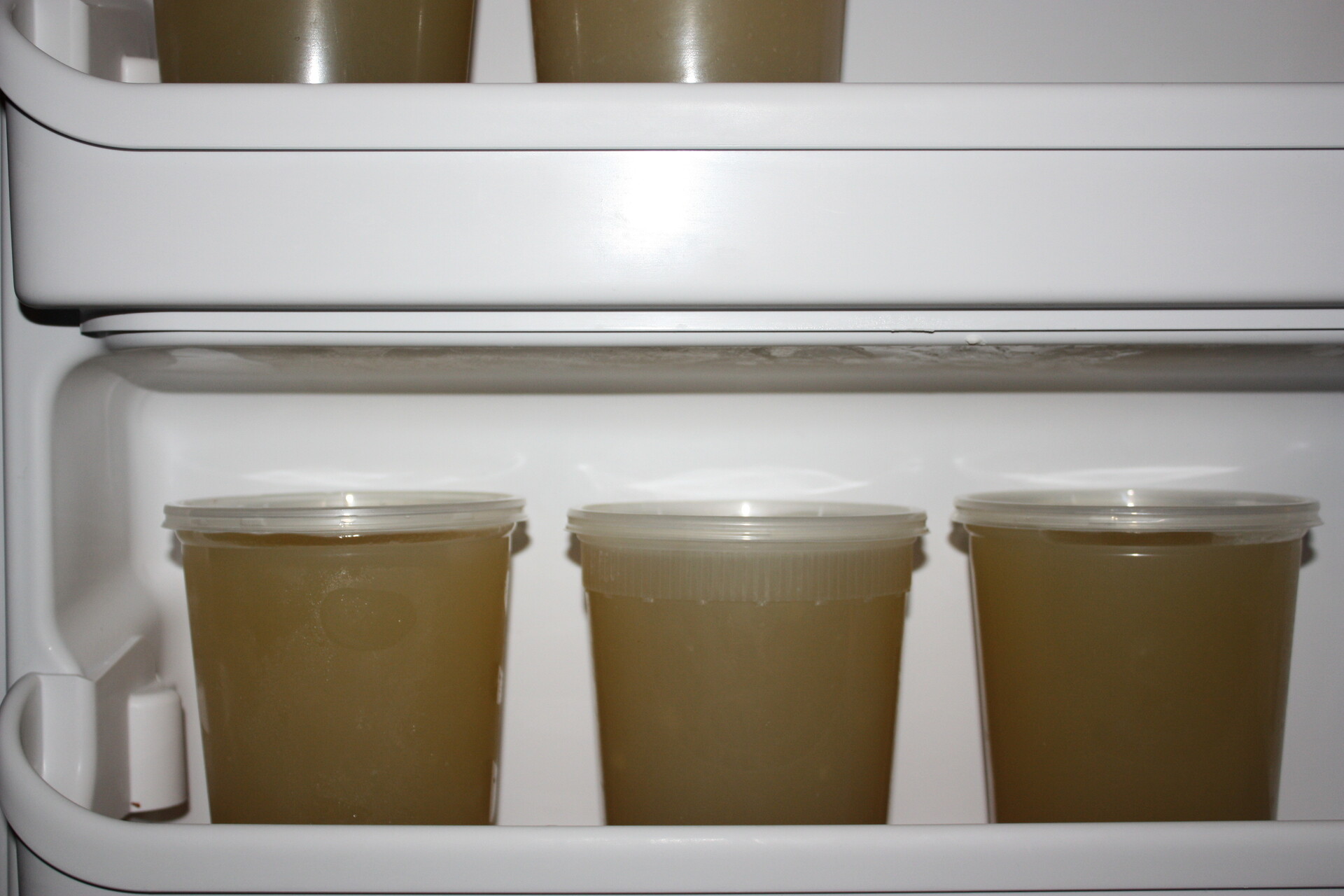
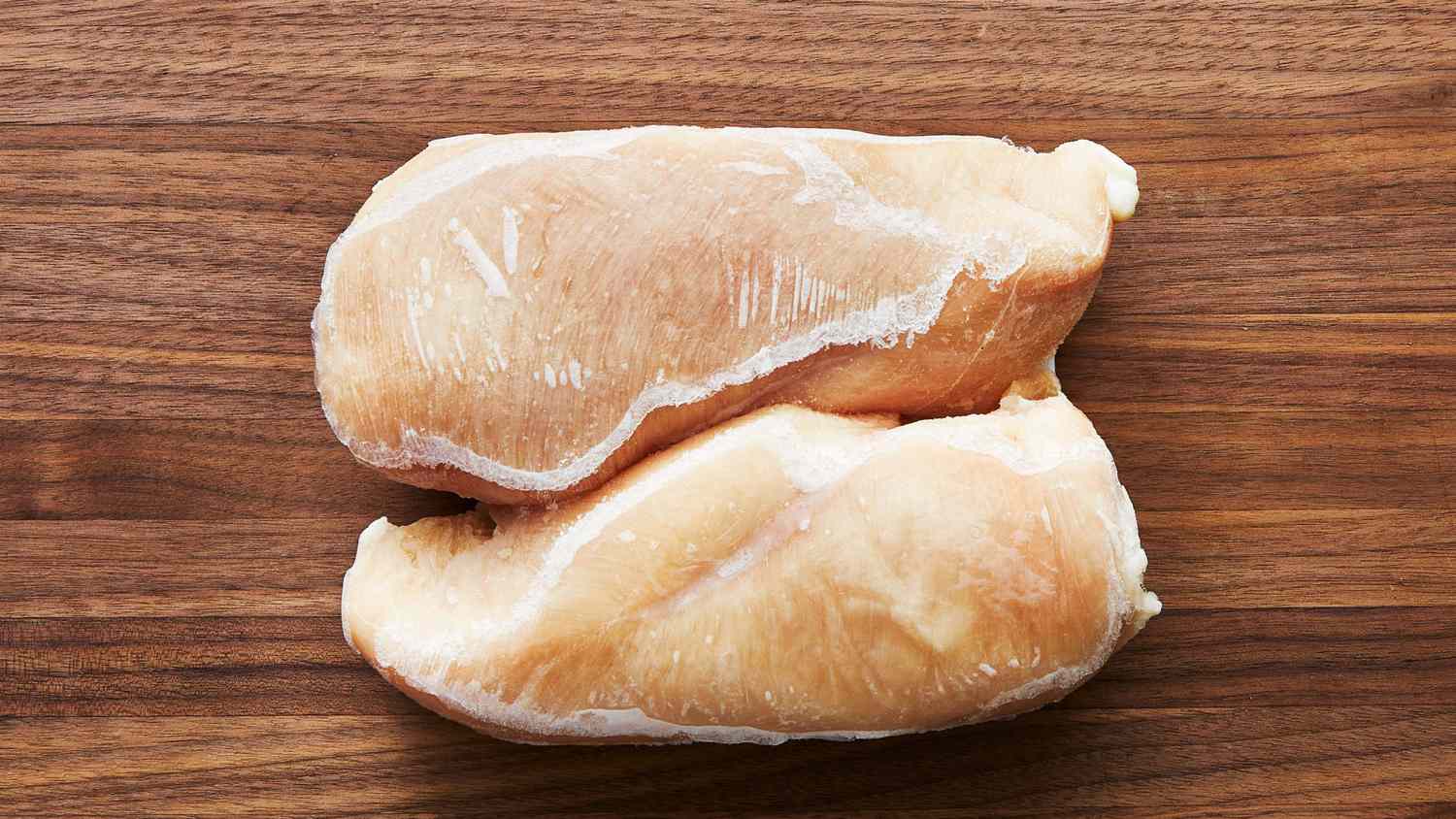
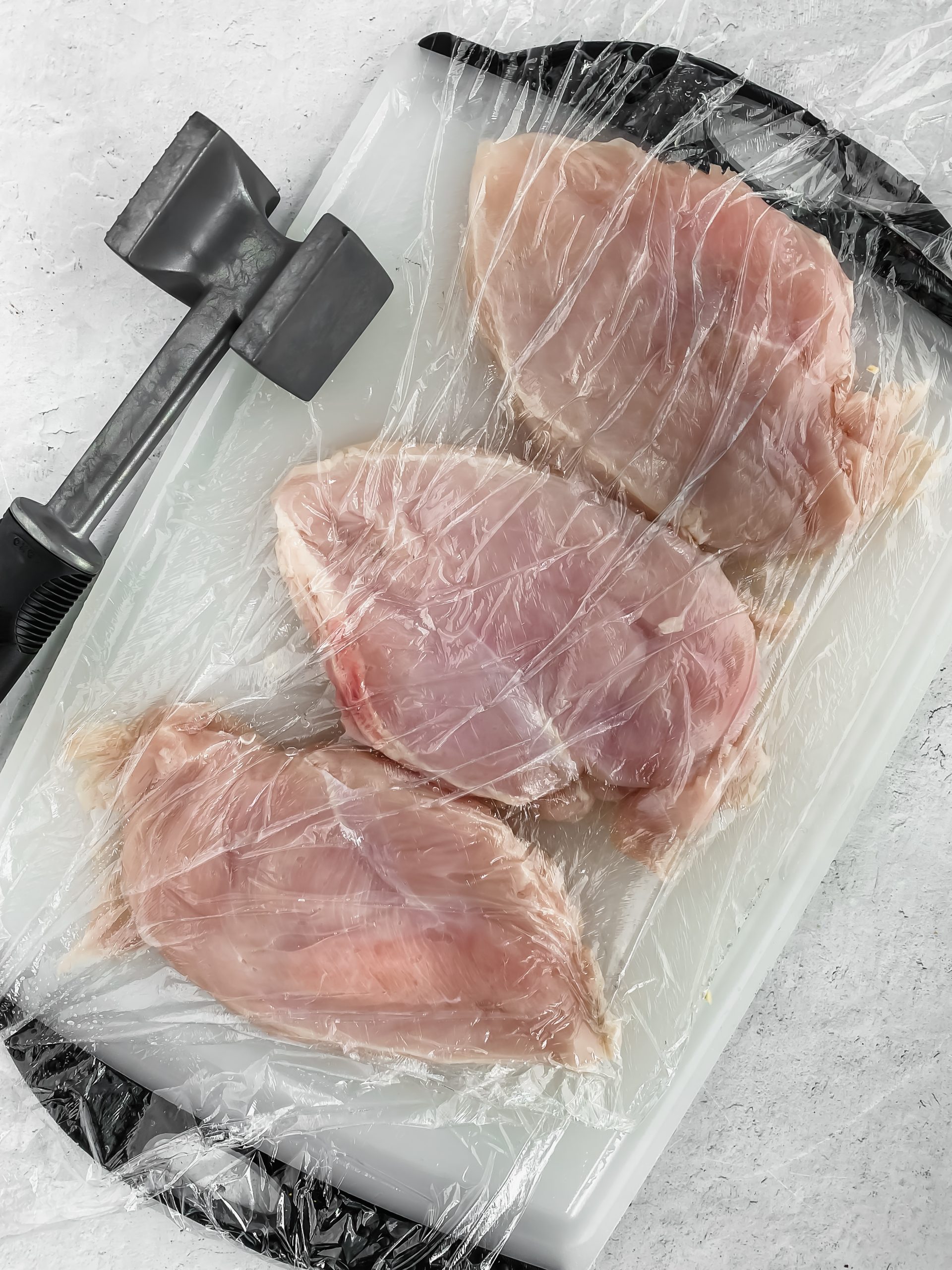
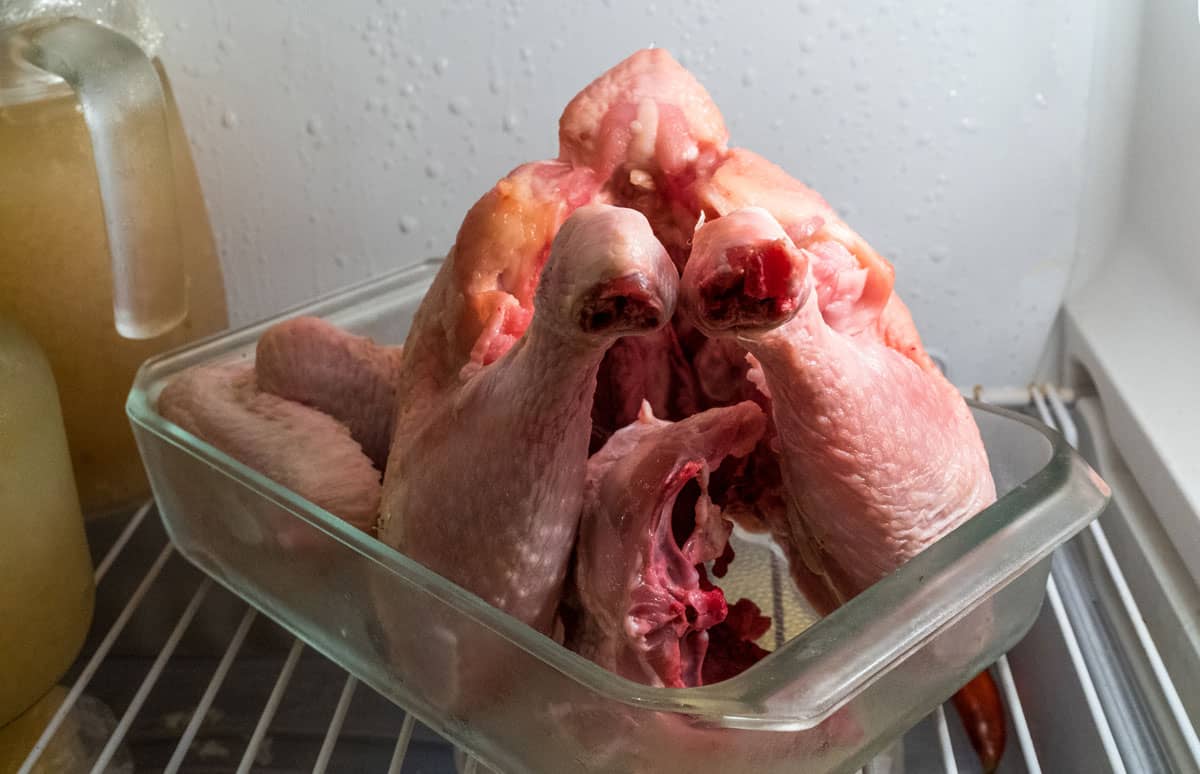
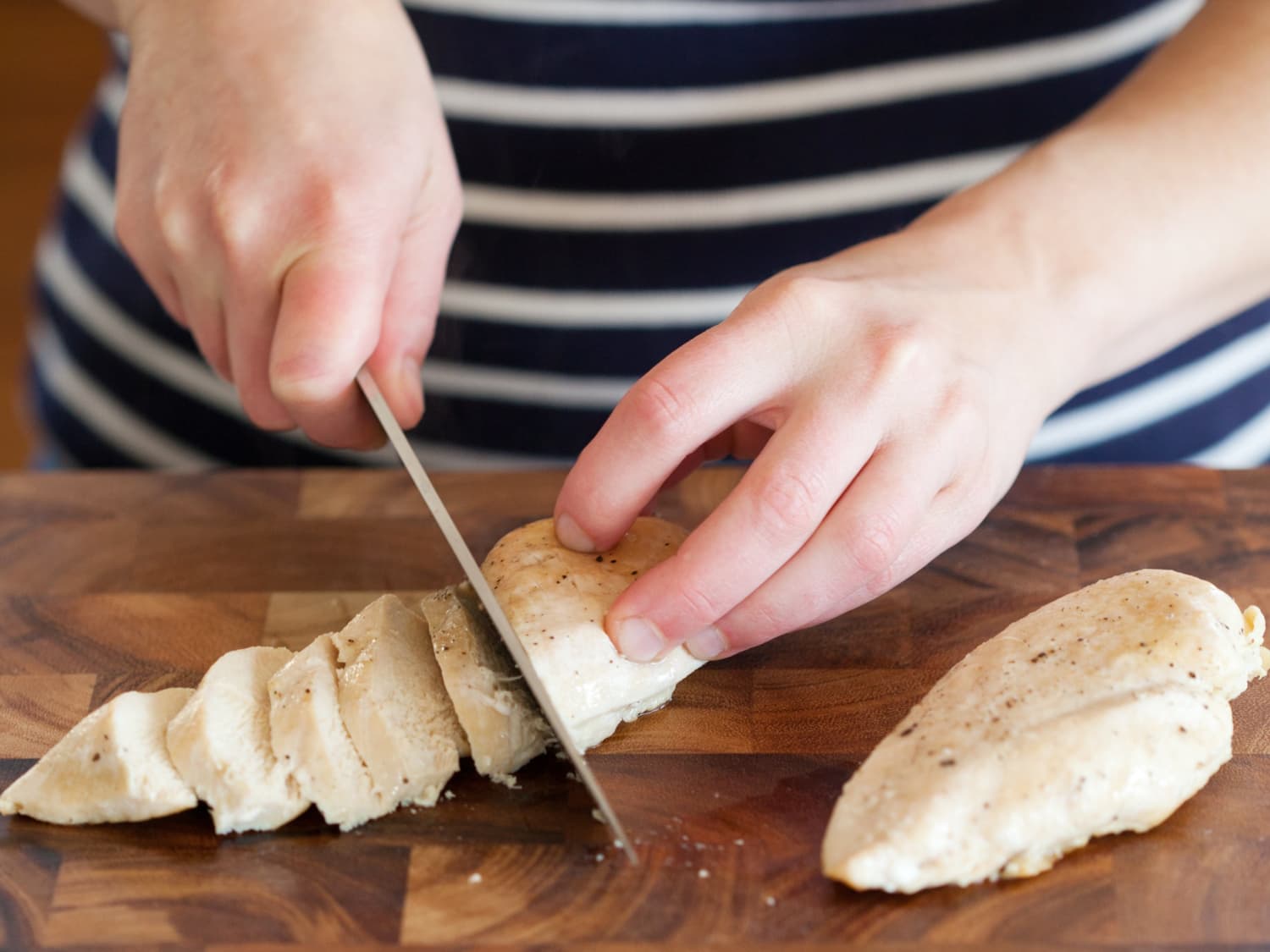
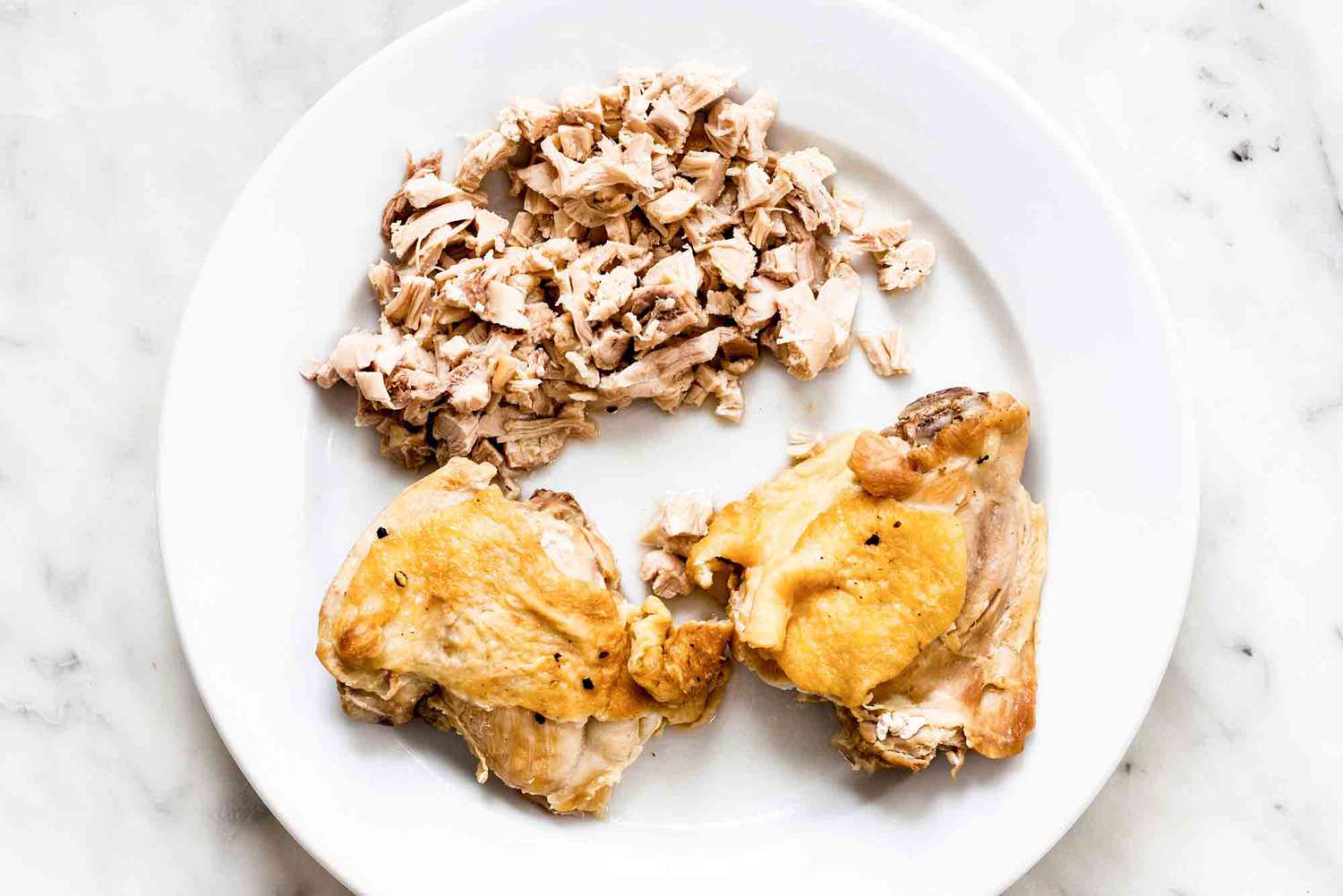

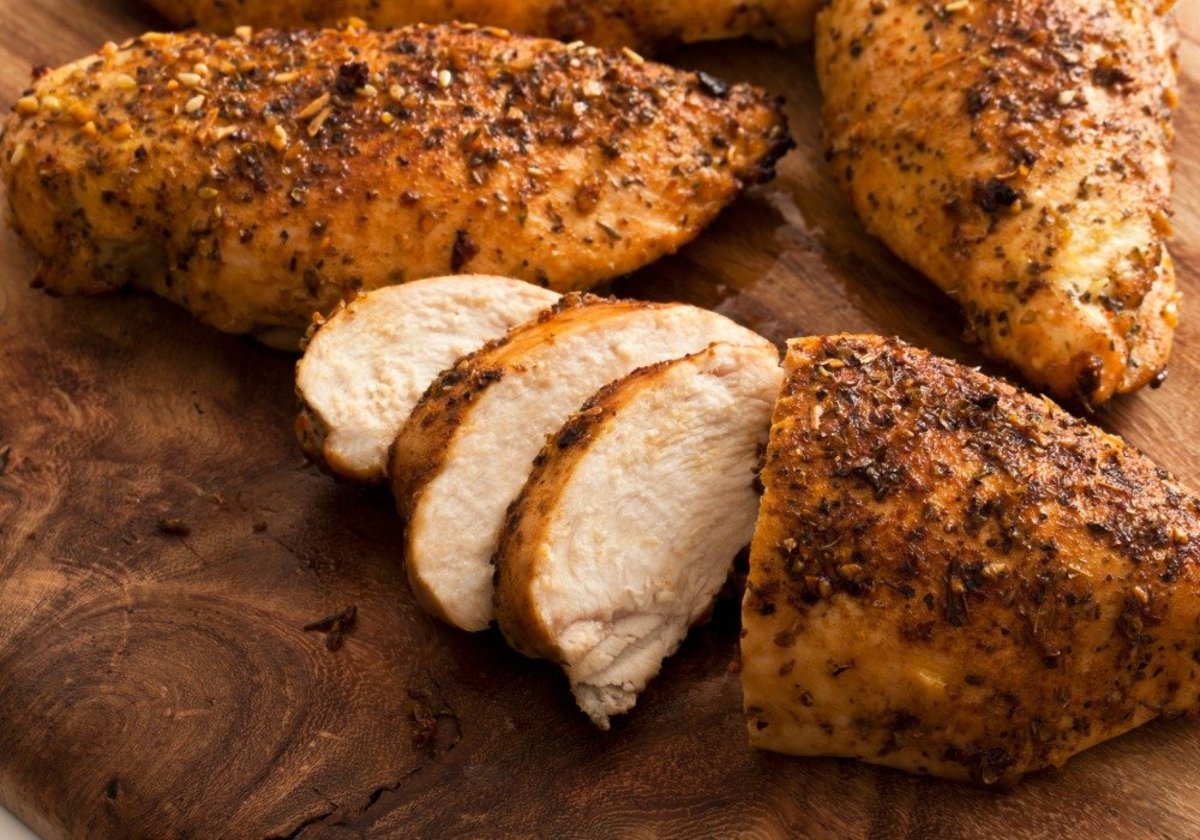
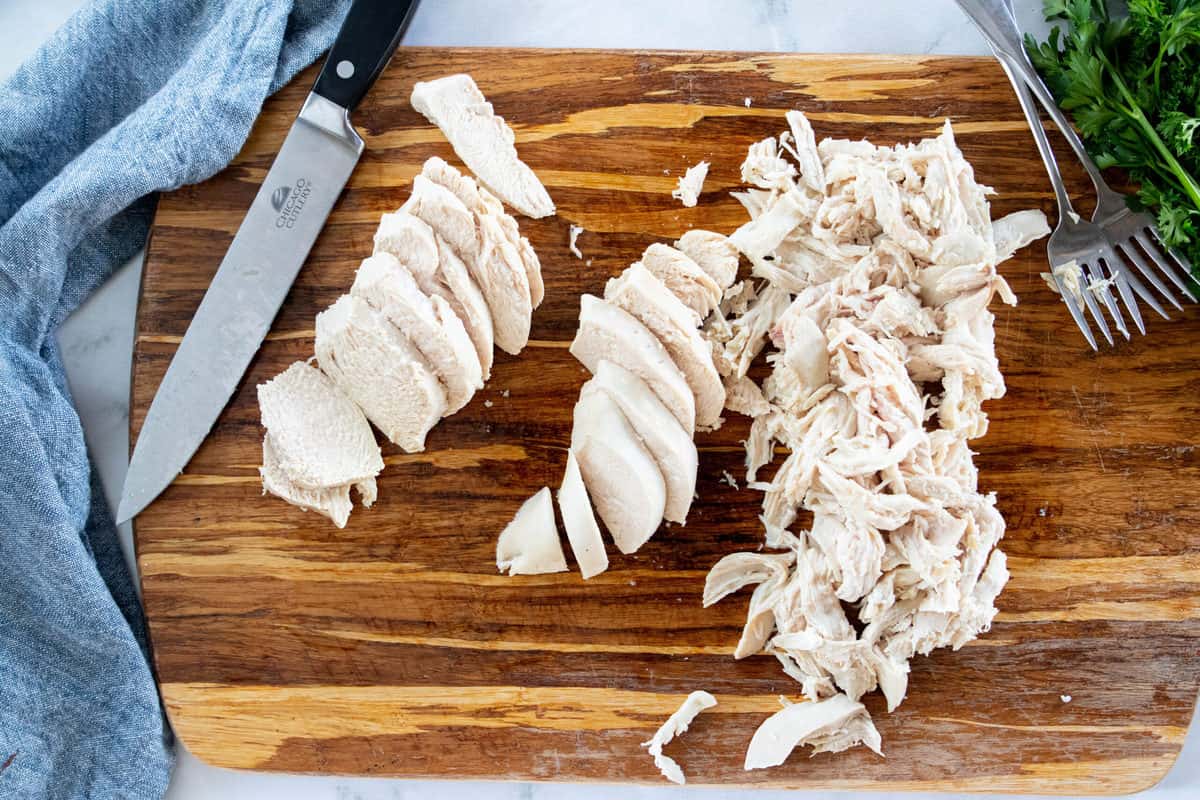
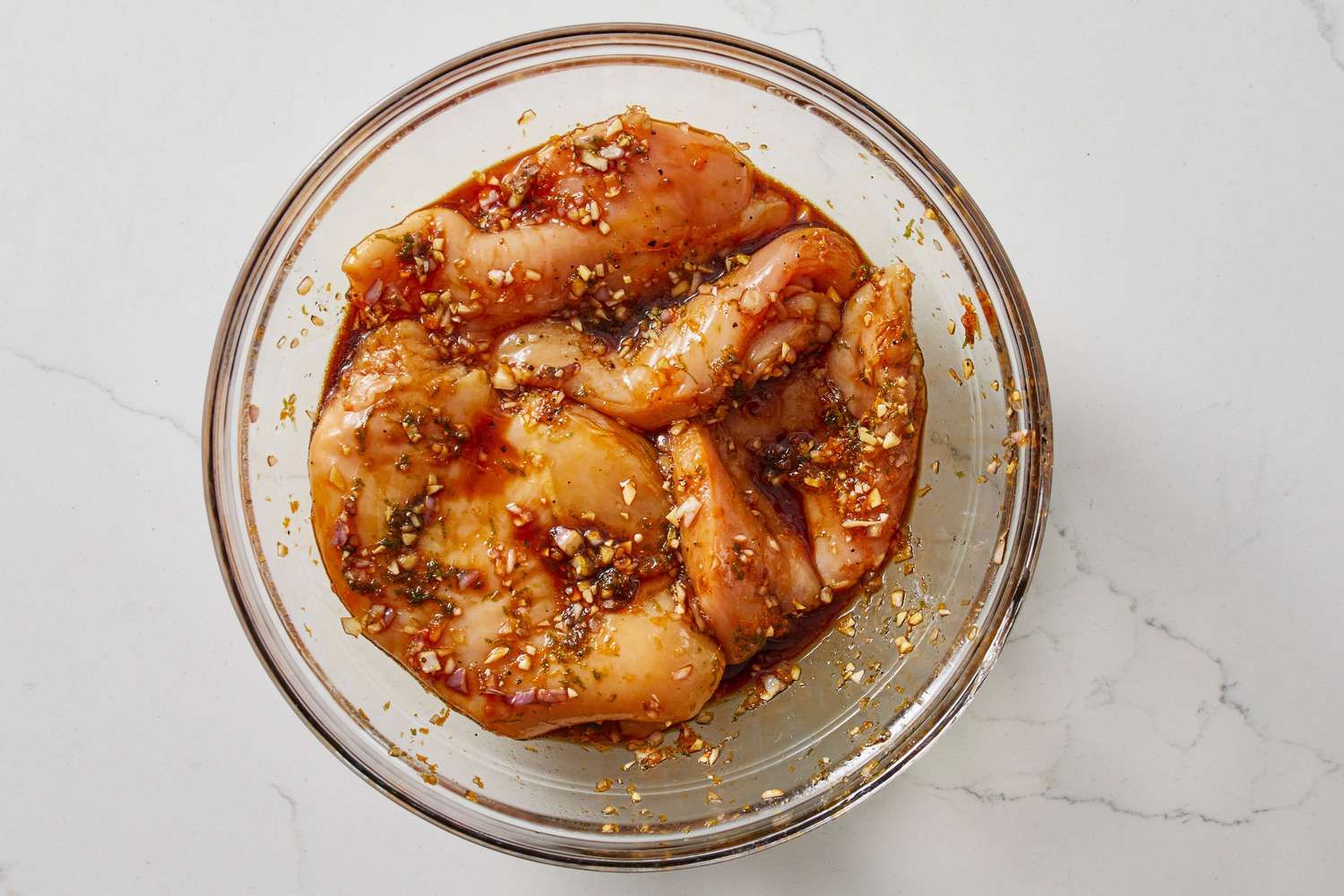
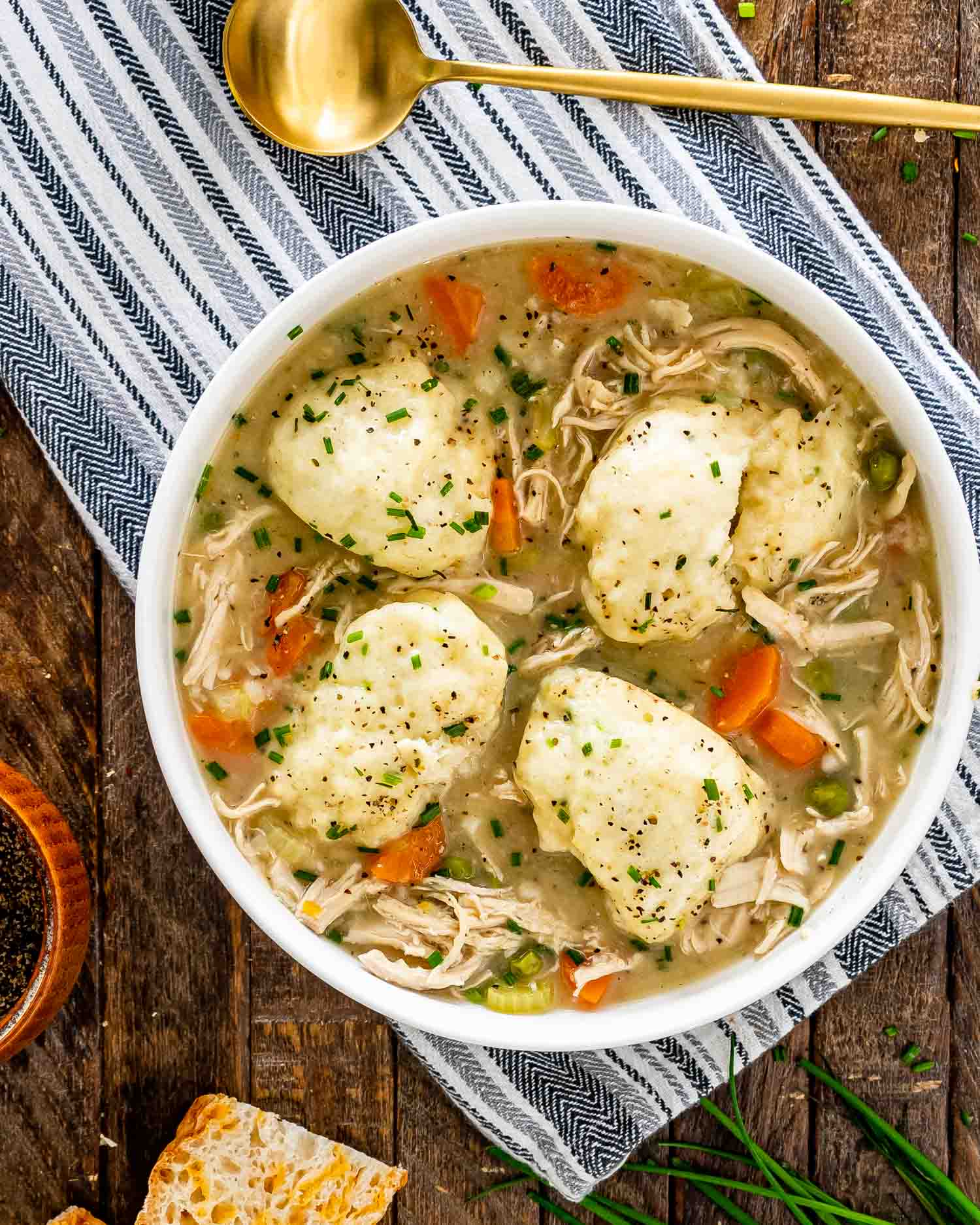
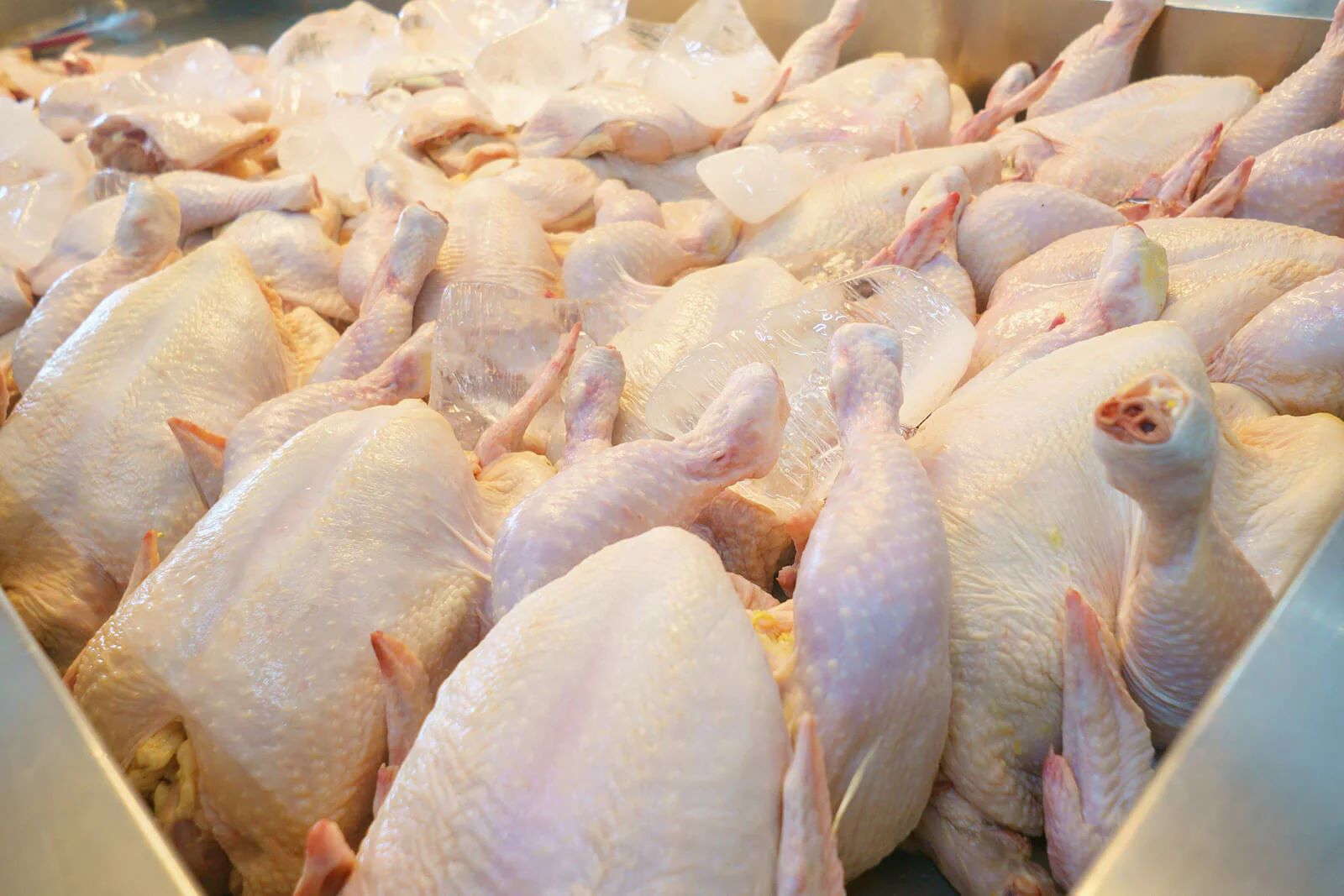
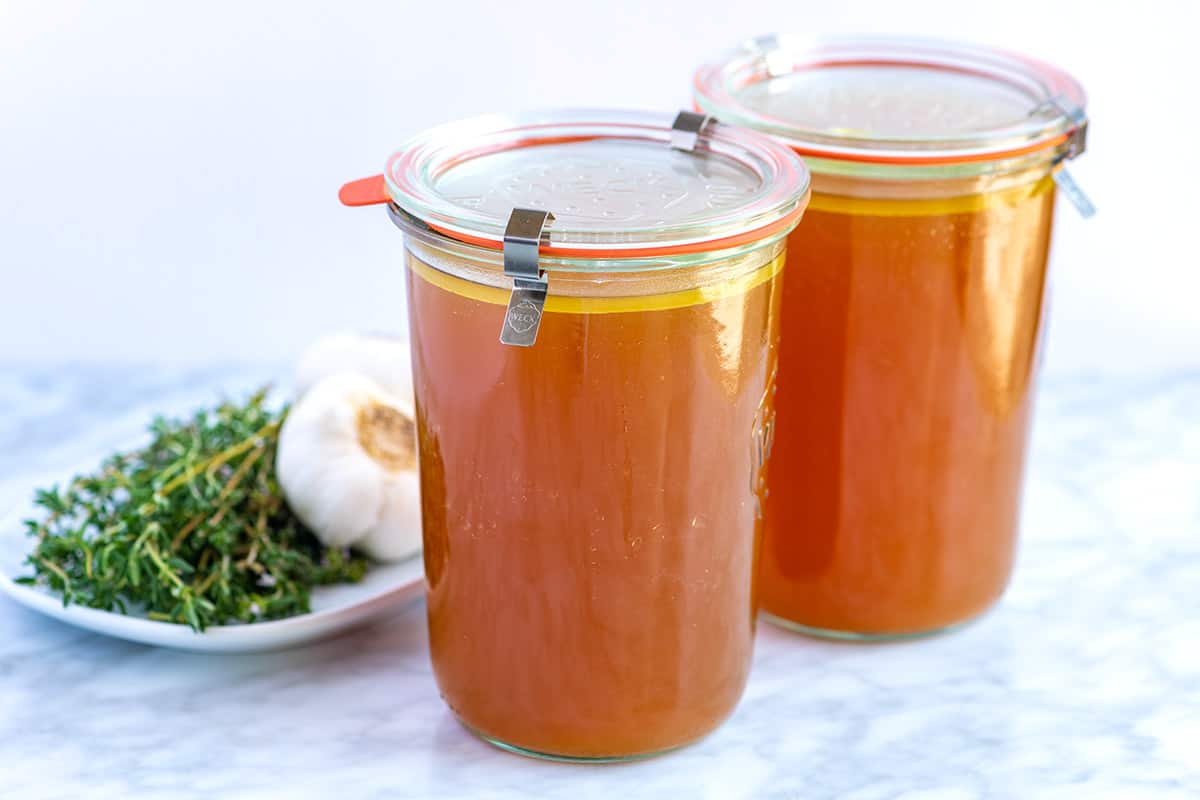

0 thoughts on “How To Store Chicken In Freezer”